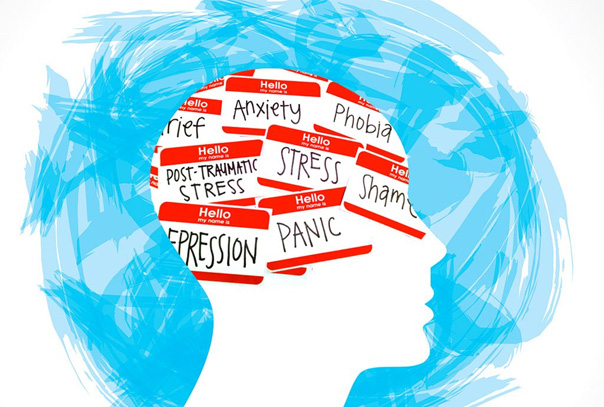 Medical professionals agree that about 20 percent of high school athletes and 30 percent of college athletes have or will have a serious anxiety or diagnosable mental health disorder that causes some degree of impairment in their sport performance and, more importantly, in their daily life (Mental Health Disorders in Adolescents, July 2017).
Medical professionals agree that about 20 percent of high school athletes and 30 percent of college athletes have or will have a serious anxiety or diagnosable mental health disorder that causes some degree of impairment in their sport performance and, more importantly, in their daily life (Mental Health Disorders in Adolescents, July 2017).
This is true at every level—high school, college and professional—and for whatever gender with which the athlete identifies. We also know from the courageous testimony of athletes such as Simone Biles, Naomi Osaka, Michael Phelps and Kenley Jansen, the problem only becomes more prevalent and acute for elite athletes.
The reasons for the mental health crisis are easy to understand, and include stressors and triggers such as time demands, overtraining, injuries, pressure leading up to the game, in-game performance, overemphasis on winning, and interpersonal relationships with coaches and teammates. Issues with social relationships, self-image, self-esteem, intensive parenting and other challenges at home are also prevalent. Any of these factors can lead to loss of sleep, poor appetite and self-destructive coping behaviors.
Coaches must remember the basic tenet of “we coach people, not sports.” They must know and recognize the signs and symptoms of the person’s struggles and take active measures to help the self-care of all of their athletes, without crossing the line of diagnosing specific issues or attempting any resolution of the problems. In short, a coach’s job is to recognize and refer, not to solve.
Mental health issues have become so prevalent today and the consequences so serious that coaches at the high school level and above should be required to obtain a certification for understanding mental health issues similar to those currently required for First Aid/CPR, concussions, and heat stroke. The necessity of coaches being proactive is illustrated by the fact that while as many as one in three college athletes suffer from a mental health issue, only 10 percent of them will seek help on their own (The American College of Sports Medicine Statement on Mental Health Challenges for Athletes, August 2021). A high school athlete struggling with common issues of self-identity may be even less likely to reach out to parents or medical professionals for help.
The National Federation of State High School Associations (NFHS) has an excellent workshop on this subject and it, or its equivalent, should be a requirement for all high school and college coaches. (nfhs.org/media/3609642/workshop-4.pdf)
With regard to general team health care, here are some principles I recommend coaches follow:
- Never assume mental stability from athletic ability.
- Consequences of practice competitions should be positive for the winning person or team rather than negative for the losing person or team.
- Give praise publicly and criticism privately.
- Always make criticism about the behavior never about the person.
- Never breach a player’s or team’s confidence. What is said between you and them, stays between you and them.
- Make sure your positive comments outweigh your negative comments 99 to 1.
- Give your negative comments at an emotionally neutral time, e.g., not immediately after a game.
- Keep the consequences for inappropriate behavior reasonable and consistent with the infraction and the needs of the person.
- Have a witness to every serious conversation and document in writing the action, reaction, conversation and professional referral in your file and the school’s file.
- When things do not go well, look first in the mirror with honest intent.
Coaches should know the members of their team well enough as people to distinguish between normal growth mindset issues and more serious mental health issues. Many coaches at every level have learned that the “win” for their willingness to do so was saving a person’s life...not just a game.
Adam Sarancik is the author of an Amazon Top 100 Best Seller, “Coaching Champions for Life—The Process of Mentoring the Person, Athlete and Player” and its companion book, “Takeaway Quotes for Coaching Champions for Life.” Adam’s newest acclaimed book is “A Ground Ball to Shortstop—How and Why Coaches See Their Game Differently Than Anyone Else.”